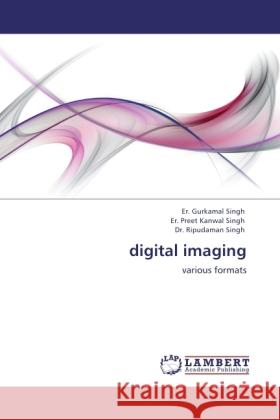digital imaging » książka
digital imaging
ISBN-13: 9783845479903 / Angielski / Miękka / 64 str.
In most computer displays, the screen image is composed of discrete units called pixels. Each pixel occupies a small rectangular region on the screen and displays one color at a time. The pixels are arranged so that they form a 2-dimensional array. Objects are drawn on the screen by adjusting the color of individual pixels. An ideal triangle and one broken down into pixels. The pixel representation has jagged edges and is not very pleasing to the eyes. The more densely pixels are packed on a display device, the less noticeable the jagged edges become. Images of different formats are generated, edited and transmitted on a very regular basis in a vast number of systems today. The BMP format is the native format for the Windows World and vast majority of windows-based applications support this format whereas JPEG is one of the most widely used format. But a BMP image is quite large and voluminous. It becomes cumbersome to move it around in bandwidth constrained systems or where bandwidth is to be conserved for cost purposes such as the World Wide Web











